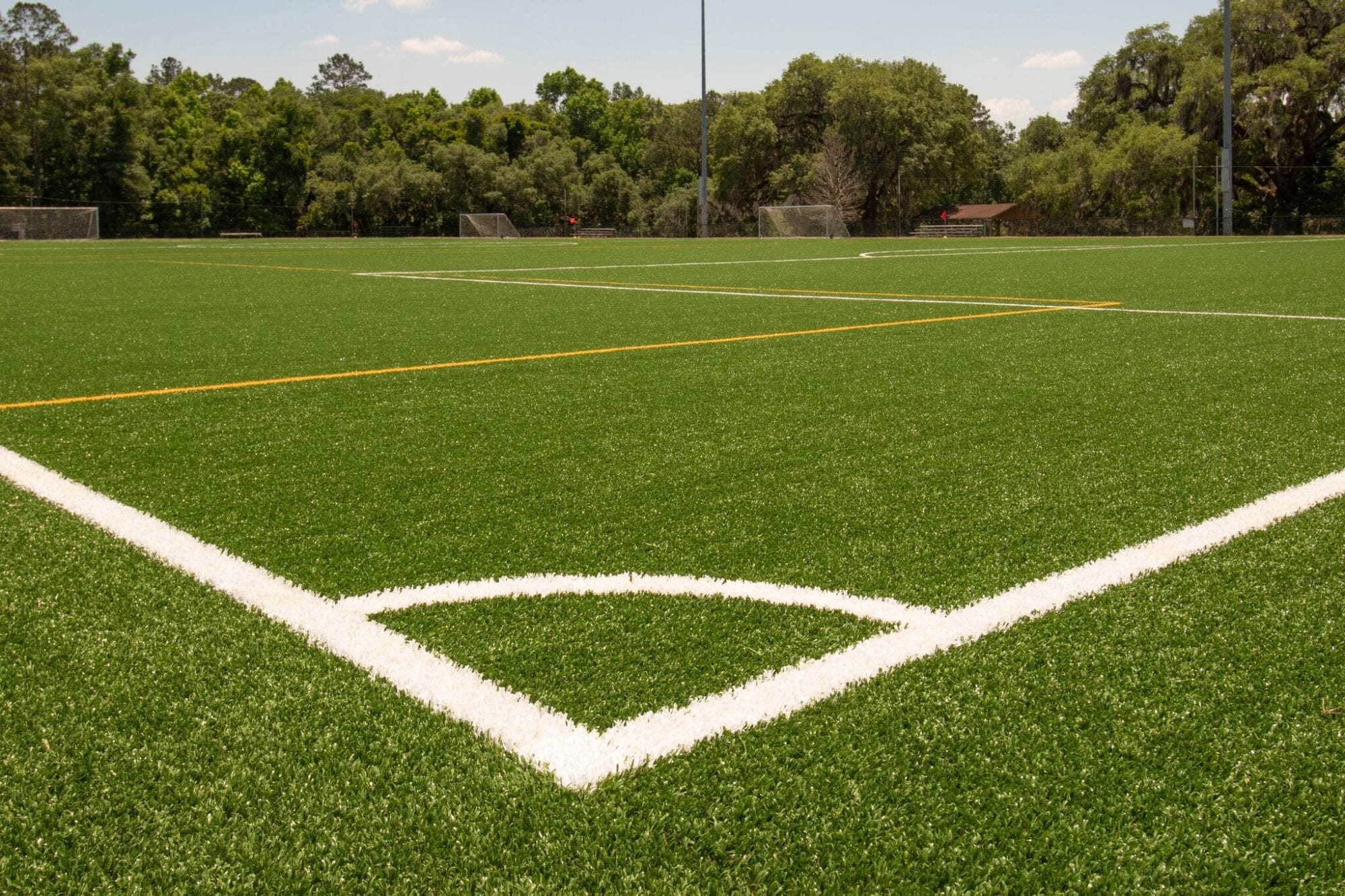Select Trusted Artificial Turf Companies Phoenix for High-Quality and Realistic Grass
Select Trusted Artificial Turf Companies Phoenix for High-Quality and Realistic Grass
Blog Article
Look Into the Environmental Advantages of Opting for Synthetic Grass Solutions
The fostering of synthetic lawn solutions offers a compelling chance to attend to pushing environmental obstacles. By considerably reducing water use and minimizing the application of unsafe chemicals, these alternatives not just promote sustainable landscape design yet additionally safeguard regional ecosystems.
Water Preservation Advantages
One of the most significant advantages of artificial grass is its capability to conserve water. In contrast, synthetic turf does not need watering, significantly decreasing the total demand for water resources.
By removing the requirement for normal watering, artificial turf contributes to lasting landscape practices and helps minimize the environmental effect of too much water intake. The conservation of water expands to the decrease of drainage, which can lead to soil erosion and waterway contamination.
In addition, the installation of synthetic lawn enables towns and house owners to allot water resources a lot more successfully, concentrating on necessary uses such as drinking water and agriculture. The shift in the direction of synthetic grass not only promotes liable water use yet additionally straightens with more comprehensive ecological objectives targeted at preserving all-natural sources.
As neighborhoods progressively prioritize sustainability, the water conservation benefits of synthetic grass provide a compelling case for its adoption in industrial and property landscape design projects.
Minimized Chemical Use
The transition to man-made grass considerably decreases the reliance on chemical therapies frequently utilized in natural lawn upkeep. Standard turf monitoring normally entails the application of herbicides, plant foods, and chemicals to advertise development and control bugs. These chemicals can position threats to human health and wellness, neighborhood wildlife, and the setting, contributing to dirt and water contamination.
In contrast, fabricated grass removes the need for these damaging compounds. By minimizing the release of synthetic substances into the ecosystem, synthetic grass advertises much healthier dirt and water systems.
Moreover, the absence of chemical overflow connected with man-made lawn installments aids protect neighborhood rivers from pollution, supporting aquatic life and keeping biodiversity. Phoenix turf companies. As areas progressively prioritize sustainable methods, going with man-made lawn provides a sensible service that aligns with environmental preservation goals. Through this shift, homeowner can take pleasure in lush eco-friendly rooms without jeopardizing eco-friendly health, leading the means for an extra lasting future
Lower Carbon Footprint

Furthermore, the setup of synthetic grass can result in significant water conservation. All-natural lawns need substantial amounts of water for watering, which not only includes in the carbon footprint linked with water extraction and treatment yet additionally strains regional water sources. On the other hand, man-made grass requires useful source minimal upkeep, calling for no watering, thus dramatically reducing water use and its linked power costs.
Furthermore, the longevity of synthetic grass contributes to its reduced carbon effect. With a life-span of up to 15 years or more, the need for regular substitutes is decreased, resulting in less waste and reduced energy usage in production and throwing away conventional grass choices. Overall, artificial grass provides a sustainable option for ecologically aware landscaping.
Habitat Preservation
Habitat preservation is a critical factor to consider in the discussion over landscaping choices, particularly when comparing synthetic grass to all-natural lawn. All-natural lawn lawns usually call for substantial maintenance, consisting of making use of plant foods, herbicides, and chemicals, which can adversely impact neighborhood environments. These chemicals can leach right into the dirt and rivers, harming indigenous vegetation and fauna and disrupting regional habitats.
Fabricated lawn gets rid of the need for damaging chemicals, consequently safeguarding close-by wildlife and keeping the stability of surrounding ecosystems. The installment of man-made lawn can lead to the conversion of former turf locations right into more biodiverse landscapes, such as pollinator yards or indigenous plant locations, which can sustain regional wild animals.
Eventually, the shift to man-made turf not only conserves water and decreases maintenance initiatives yet also fosters an extra unified relationship between human tasks and the natural surroundings, promoting environment conservation while doing so.
Long-Term Sustainability
Long-lasting sustainability is a vital consider reviewing the benefits of synthetic grass over typical yard lawns. One of one of the most significant advantages of fabricated grass is its sturdiness; it can last approximately 15-20 years with very little maintenance, whereas all-natural turf needs regular reseeding and replacement. This long life decreases the demand for constant sources, such as water, fertilizers, and chemicals, which are vital for preserving a healthy grass lawn.
Additionally, fabricated lawn adds to a reduction in carbon exhausts associated with lawn treatment devices. Typical yards frequently need gas-powered lawn mowers, trimmers, and blowers, all of which add to air contamination. Arizona artificial turf. On the other hand, synthetic grass removes the need for such devices, advertising a cleaner atmosphere
Furthermore, the manufacturing of synthetic grass significantly uses recycled products, enhancing its sustainability profile. As makers embrace eco-friendly methods, the ecological footprint of artificial grass proceeds to lessen.

Conclusion
The adoption of synthetic grass solutions presents considerable environmental advantages, including considerable water preservation, minimized dependence on hazardous chemicals, and a lower carbon footprint. Man-made grass aids in protecting natural habitats by minimizing land disturbance and advertising lasting More hints sustainability with the use of resilient materials. Collectively, these variables emphasize the capacity of synthetic grass to add favorably to environmental health and offer a viable choice to traditional landscaping techniques in a significantly resource-conscious world.
In comparison, fabricated grass does not require watering, significantly lowering the total need for water resources. By decreasing the release of artificial compounds right into the ecological community, man-made turf promotes healthier dirt and water systems.
Additionally, the installment of fabricated grass can result in substantial water preservation. In contrast, fabricated lawn requires marginal maintenance, requiring no watering, therefore substantially reducing water use and its linked energy prices.

Report this page